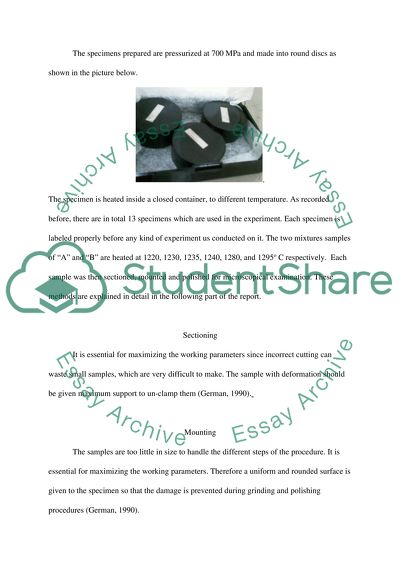Cite this document
(“Stainless steel powder metrology Thesis Example | Topics and Well Written Essays - 2000 words”, n.d.)
Retrieved from https://studentshare.org/finance-accounting/1416903-stainless-steel-powder-metrology
Retrieved from https://studentshare.org/finance-accounting/1416903-stainless-steel-powder-metrology
(Stainless Steel Powder Metrology Thesis Example | Topics and Well Written Essays - 2000 Words)
https://studentshare.org/finance-accounting/1416903-stainless-steel-powder-metrology.
https://studentshare.org/finance-accounting/1416903-stainless-steel-powder-metrology.
“Stainless Steel Powder Metrology Thesis Example | Topics and Well Written Essays - 2000 Words”, n.d. https://studentshare.org/finance-accounting/1416903-stainless-steel-powder-metrology.


